Description
The Bacteria Cell Tie is the perfect new accessory for all science fashion fanatics!
—————-
– 100% Polyester satin
– 57 inch length
– 4 inch width
– Dry clean only
—————-
Free worldwide shipping
—————-
The first person to realise that bacteria have different shapes was a Dutch microscope builder named Antony van Leeuwenhoek. He decided to have a look at the white material he flossed from between his teeth, and with a microscope he was amazed to find little moving organisms with different shapes. Since then, science has come a long way, and bacteria are classified mainly by DNA sequencing today, but the shapes still play a large role.
Not only is the shape of a bacterium important to the scientist studying it, the shape is also essential to the bacterium itself. Just like most other characteristics of a living organism, the bacterial shape morphology has an evolutionary history. The shape of a bacterium contributes to its ability to find and absorb nutrients, its movements and the escape from predators. The bacillus rod shape is now believed to be the ancestral form of bacteria, rather than the spherical shape of coccus, which turns out is an evolutionary endpoint rather than an origin.
Reviews (0)
Based on 0 reviews
|
|
|
0% |
|
|
|
0% |
|
|
|
0% |
|
|
|
0% |
|
|
|
0% |
- Accessories
- Ascots
- Body Jewellery
- Bolo Ties
- Bow Ties
- Capes
- Charm Necklaces
- Clothing
- Collar Stays
- Corsets
- Costume Accessories
- Costume Ears
- Costume Goggles
- Costume Hats & Headpieces
- Costume Tails
- Costume Tails & Ears
- Costume Weapons
- Crop & Tube Tops
- Crop Tops
- Cuff Links
- Cuff Links & Tie Clips
- Cummerbunds
- Formal Vests
- Hair Jewellery
- Jewellery
- Lingerie
- Masks
- Masks & Prosthetics
- Men's Clothing
- Necklaces
- Neckties
- Pocket Squares
- Shirt Studs
- Suit & Tie Accessories
- Tie Bars
- Tie Clips & Tacks
- Tops & Tees
- Waistcoats
- Wands
- Wings
- Women's Clothing

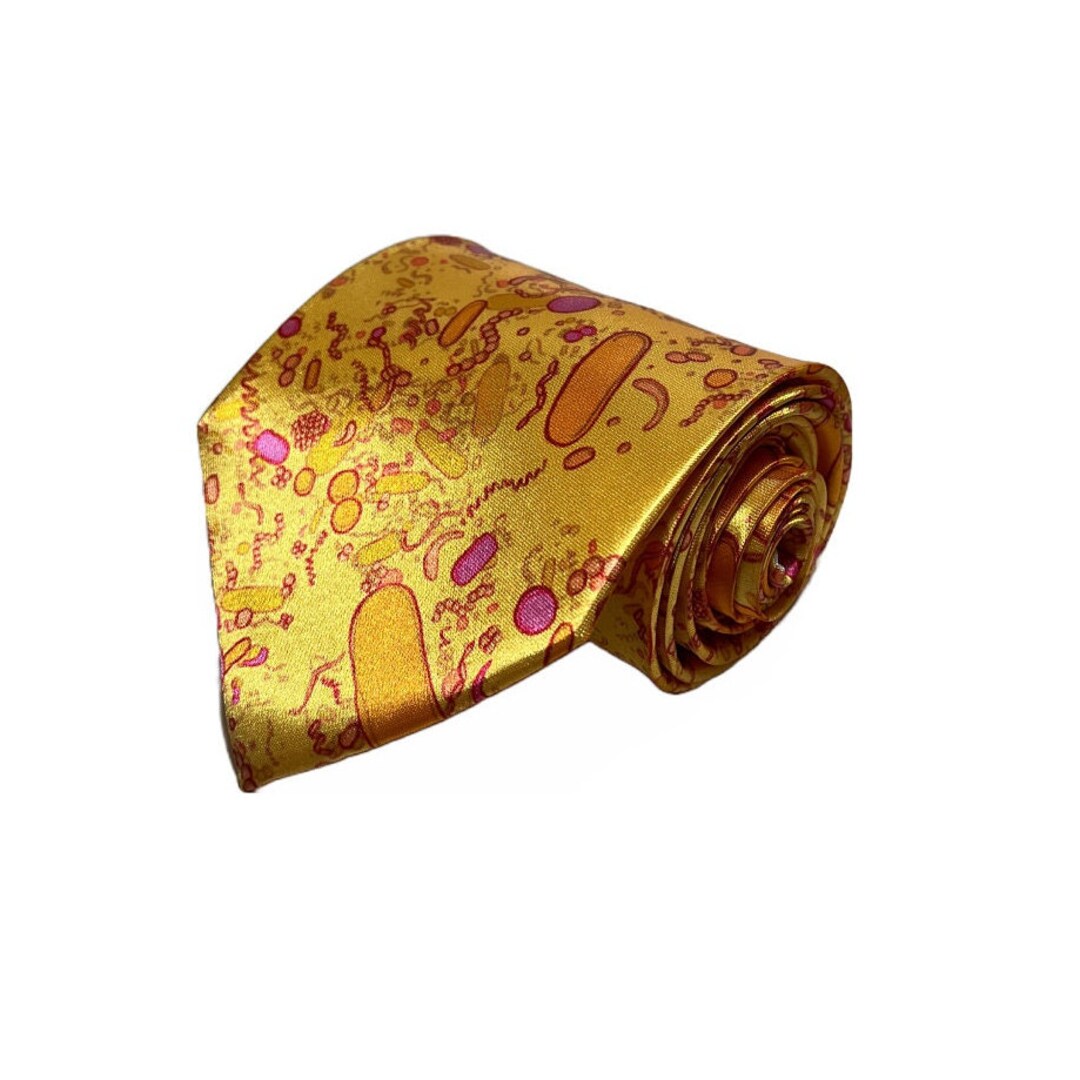
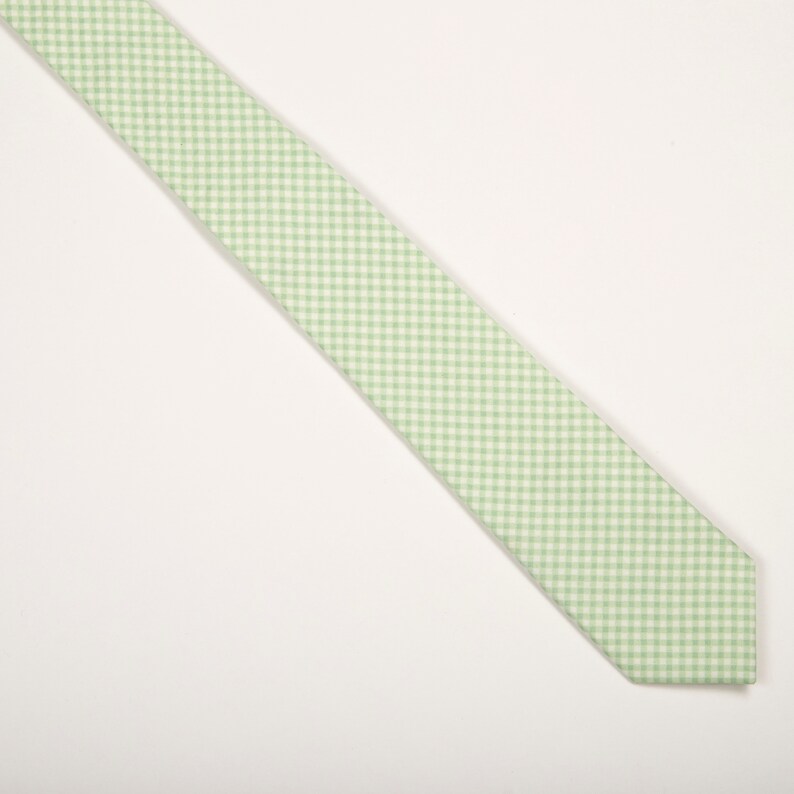
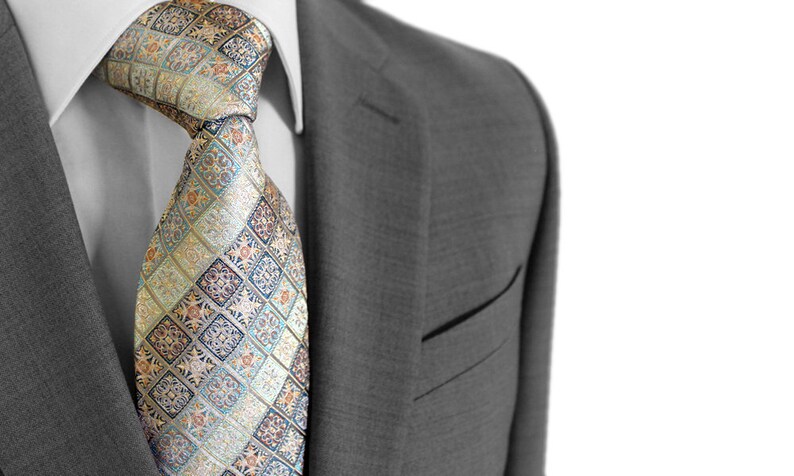
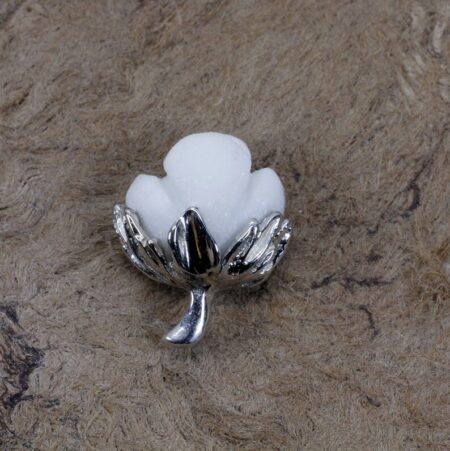
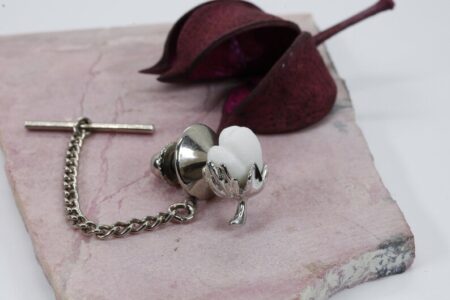
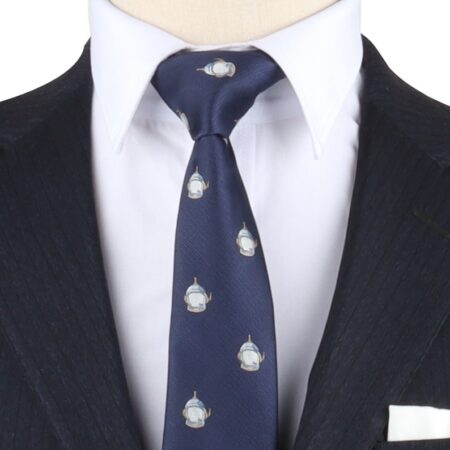
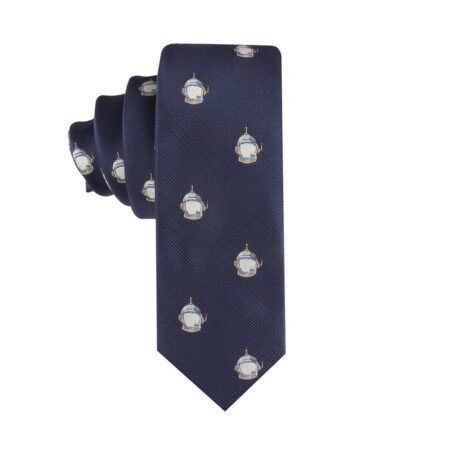
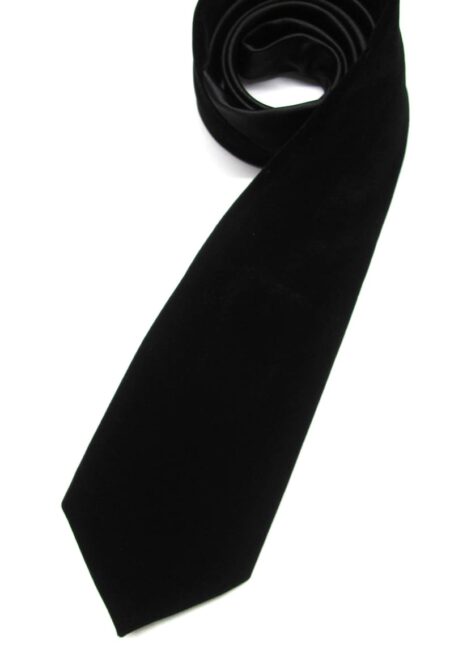
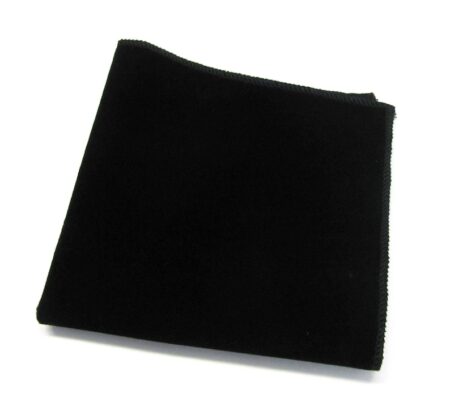
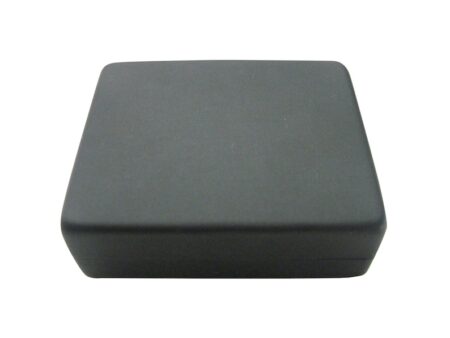
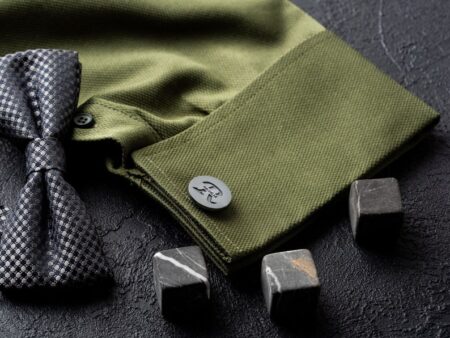

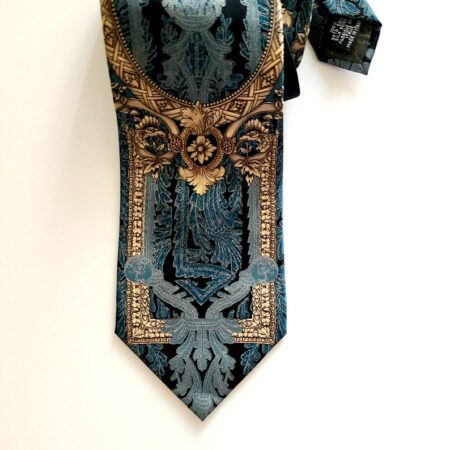
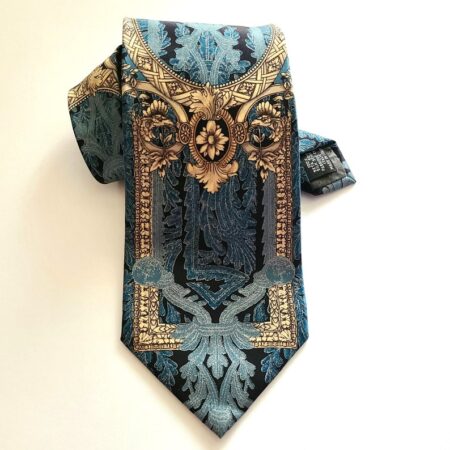
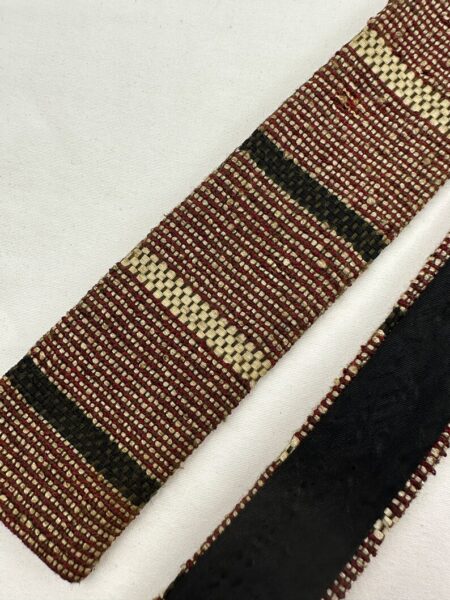
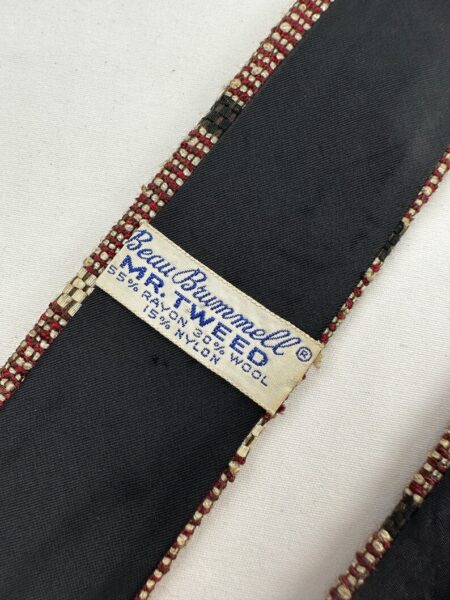
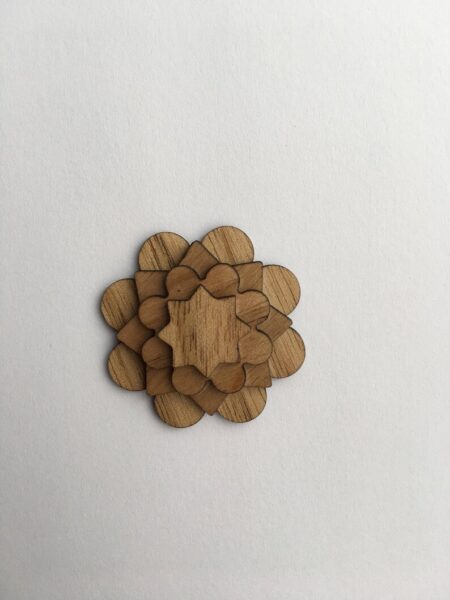
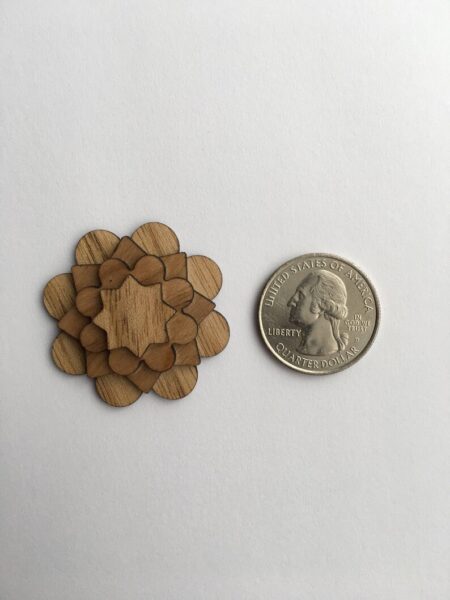
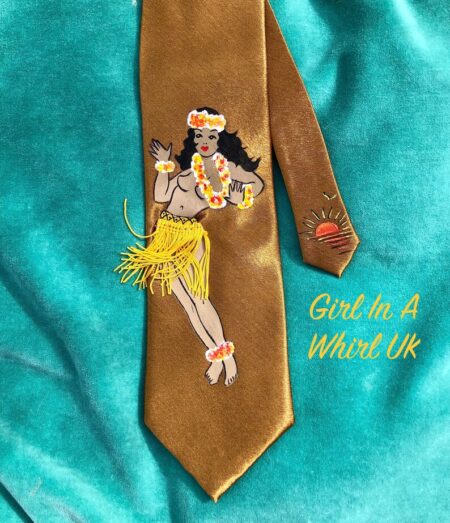
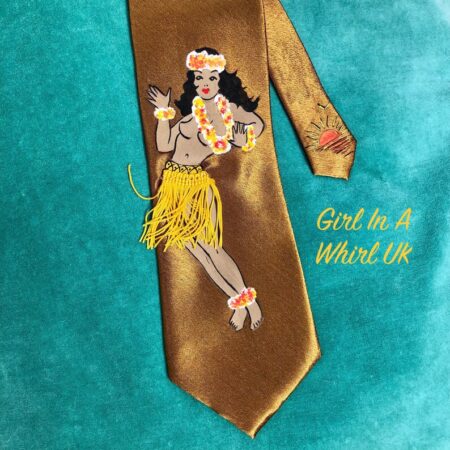
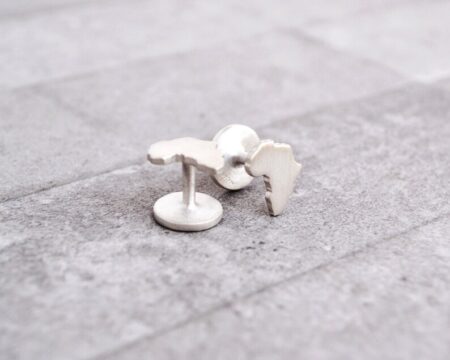

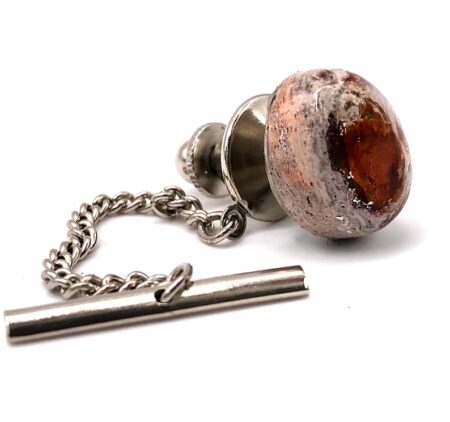
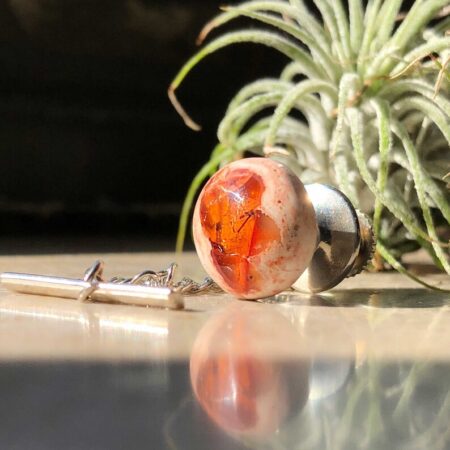
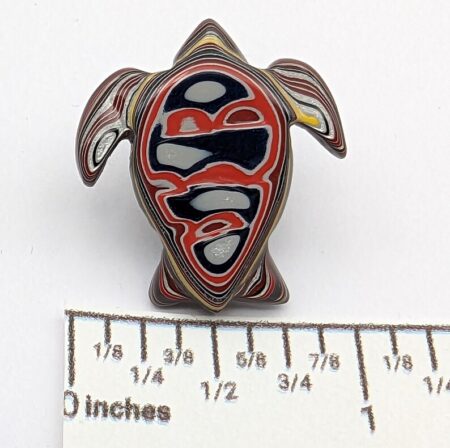
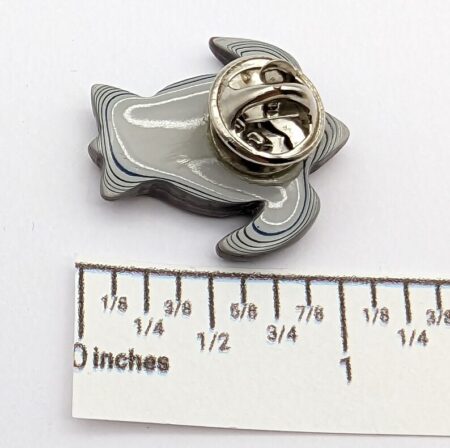

Reviews
There are no reviews yet.